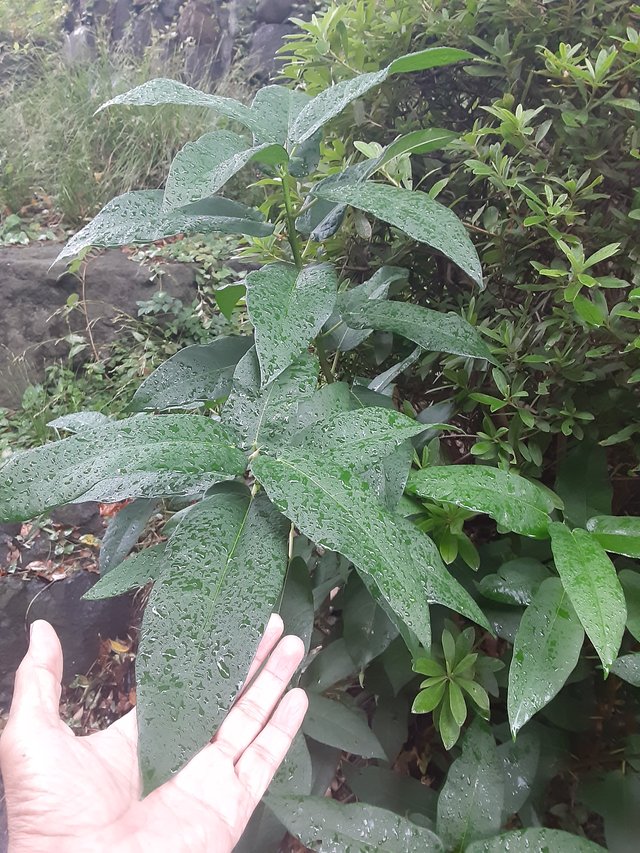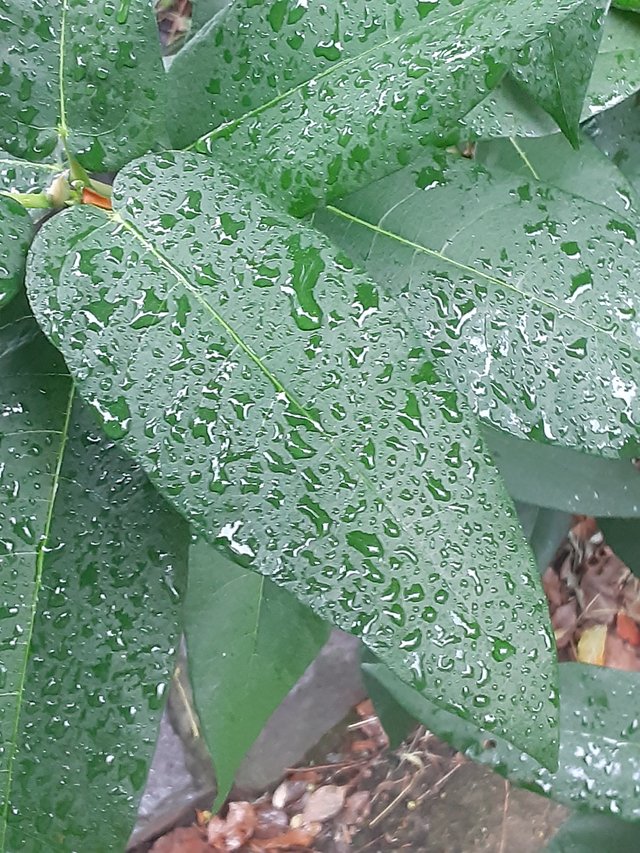Eucalyptus globulus, or blue gum, a tall, evergreen tree known for its distinctive blue-green leaves and aromatic scent

Eucalyptus globulus, commonly known as the blue gum, is a tall, evergreen tree native to southeastern Australia. It's a member of the myrtle family and is one of the most widely planted eucalyptus species in the world.
Leaves: The leaves of Eucalyptus globulus are a distinctive feature of the tree. They are oval-shaped and typically have a bluish-green color, hence the name "blue gum." As the tree matures, the leaves become larger and more elongated, often reaching lengths of up to 30 centimeters. The leaves have a strong, aromatic scent, especially when crushed or heated.
Other Features: Beyond their leaves, blue gums have several other notable characteristics:
- Growth Habit: They are fast-growing trees that can reach heights of over 100 meters. They have a straight trunk and a spreading crown.
- Bark: The bark is smooth and often has a blue or gray hue. As the tree ages, the bark peels off in long strips.
- Flowers: Blue gums produce white or cream-colored flowers that are clustered in groups known as umbels. The flowers are followed by woody seed capsules.
- Uses: Eucalyptus globulus is a valuable timber tree, producing wood that is strong, durable, and resistant to decay. It is also used for pulp and paper production. The leaves and oil extracted from the leaves have various medicinal properties and are used in aromatherapy and herbal remedies.

Environmental Impact: While the blue gum has many benefits, it can also have negative impacts on the environment. In some areas, it has been introduced as a plantation species and has become invasive, outcompeting native plants and altering ecosystems.
In summary, Eucalyptus globulus is a majestic and versatile tree with distinctive blue-green leaves and a strong aromatic scent. It has numerous uses but can also have significant environmental impacts.
Ref.:
 |  |
Upvoted! Thank you for supporting witness @jswit.